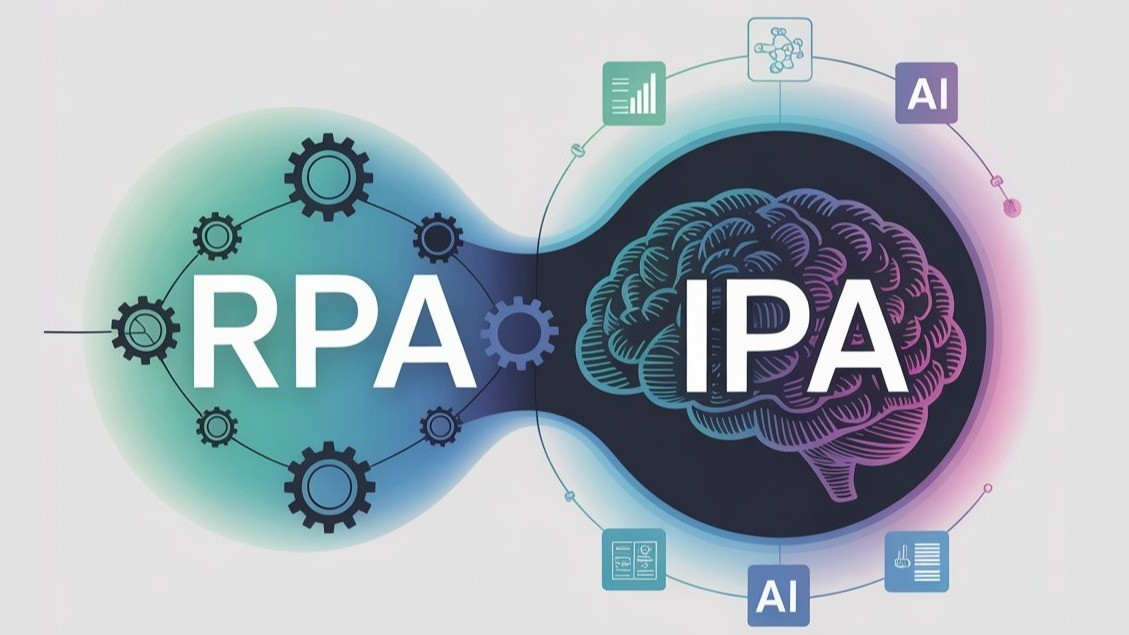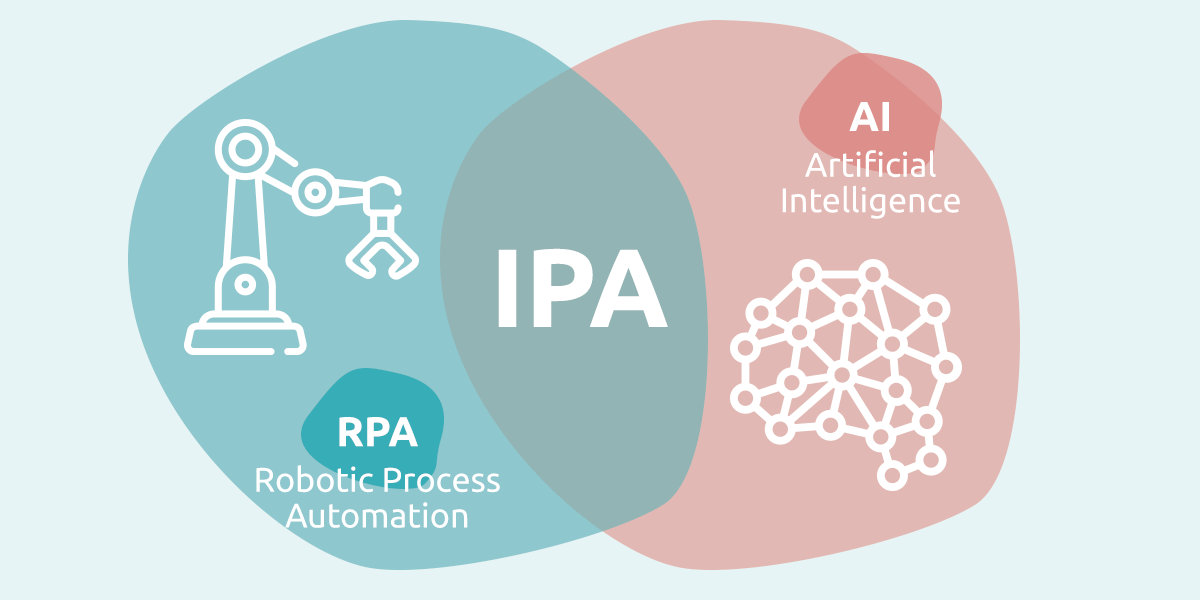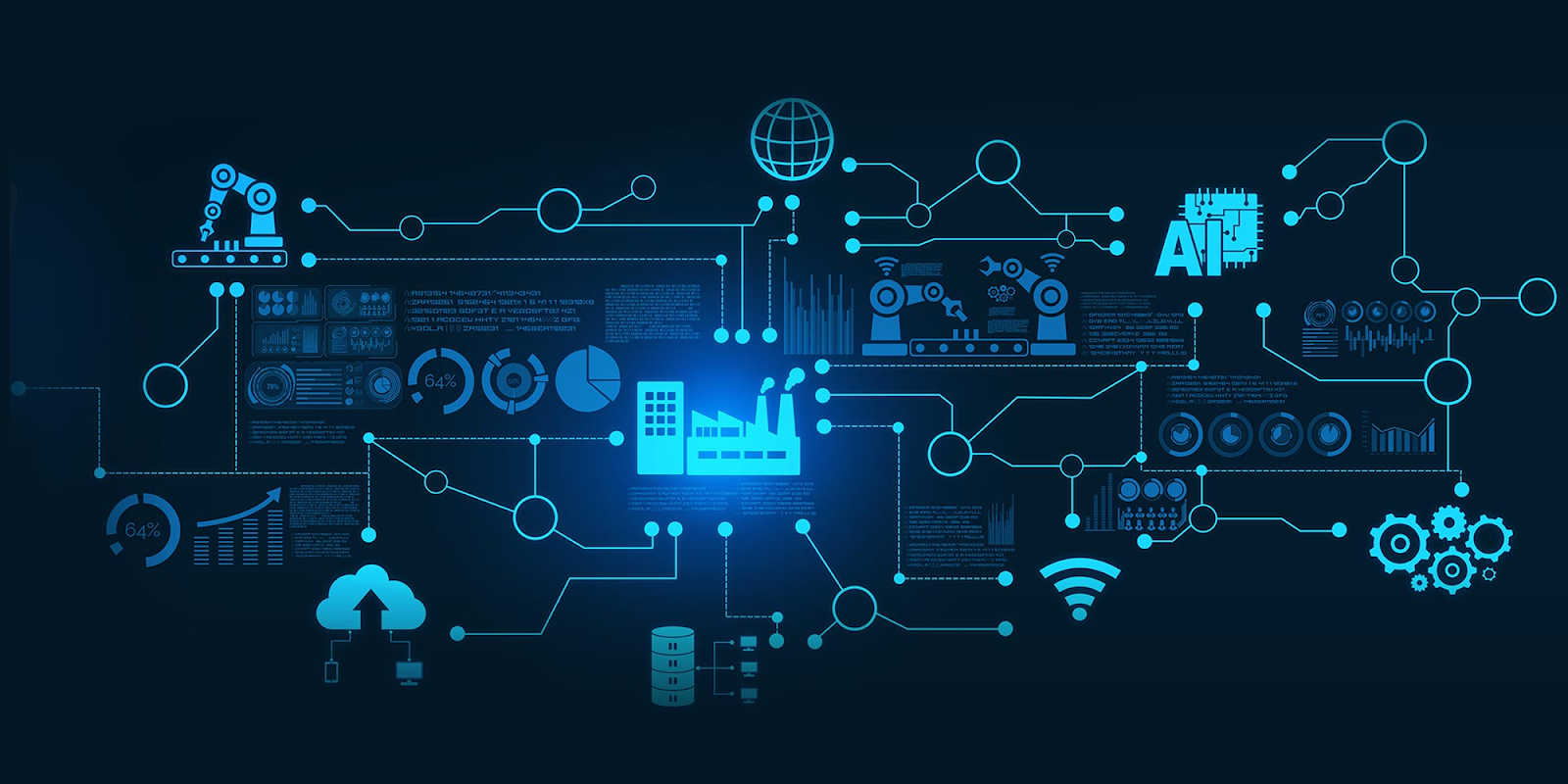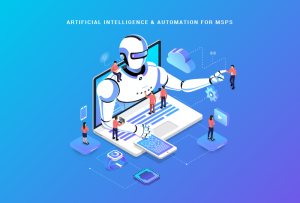Intelligent Process Automation (IPA) is revolutionizing enterprise operations by combining AI, ML, and RPA to deliver faster workflows, reduced costs, and intelligent decision-making. Explore architecture, benefits, industry applications, and future trends in this powerful guide.

Intelligent Process Automation (IPA): Revolutionizing Enterprise Operations
Intelligent Process Automation (IPA) has become a strategic necessity in the digital transformation era. Enterprises face increasing pressure to streamline operations, reduce inefficiencies, and deliver top-notch customer experiences. While traditional automation handles repetitive tasks, it struggles with unstructured data, variability, and decision-based complexities.
This is where Intelligent Process Automation emerges as a game-changer—combining RPA, AI, ML, and advanced analytics to deliver smart, adaptive, end-to-end automation.
-
Introduction
-
Understanding Intelligent Process Automation
-
Core Components of IPA
-
Industry Applications
-
Emerging Trends
-
Best Practices for IPA Implementation
-
Conclusion
-
External Resources (DoFollow Links)
-
Internal Suggested Links
In the age of digital transformation, organizations are under relentless pressure to streamline operations, enhance productivity, and deliver superior customer experiences. Traditional automation, while effective for routine tasks, often falls short when handling dynamic, complex, or judgment-intensive processes. Enter Intelligent Process Automation (IPA)—a transformative paradigm that synergizes Robotic Process Automation (RPA), Artificial Intelligence (AI), and Machine Learning (ML) to orchestrate, optimize, and elevate enterprise workflows.
IPA is not merely a technological solution; it is a strategic lever that empowers enterprises to achieve operational excellence, reduce costs, and unlock innovation at scale. This article provides a comprehensive, high-level exploration of IPA, including its architecture, core components, industry applications, and emerging trends, tailored for executives, technology leaders, and digital strategists.
Understanding Intelligent Process Automation
Intelligent Process Automation (IPA) represents the convergence of automation technologies with cognitive intelligence. While RPA excels at automating repetitive, rule-based tasks, IPA extends these capabilities with cognitive technologies, enabling systems to handle unstructured data, learn from experience, and make context-aware decisions.
Key Differentiators of IPA:
- Cognitive Augmentation: Incorporates AI to interpret text, images, and speech.
- Adaptive Learning: Leverages ML to refine processes dynamically based on outcomes.
- End-to-End Automation: Moves beyond individual tasks to orchestrate entire business processes.
- Analytics-Driven Optimization: Provides actionable insights for continuous improvement.
In essence, IPA transforms automation from a task-focused utility to a strategic, intelligent capability, driving tangible business value across the enterprise.
Core Components of Intelligent Process Automation

1. Process Discovery
Process discovery is the foundation of IPA, enabling organizations to identify automation opportunities with maximum impact. It involves:
- Process Mining: Analyzing event logs to uncover inefficiencies and bottlenecks.
- Task Analysis: Mapping repetitive and rule-based tasks suitable for automation.
- Value Assessment: Prioritizing processes based on cost, time savings, and strategic importance.
Example: A financial institution may use process mining to analyze loan approval workflows, identifying redundant approval steps and high-volume repetitive data entry tasks.
2. Robotic Process Automation (RPA)
RPA acts as the execution layer, automating structured, rule-based tasks. Key functionalities include:
- Data Entry and Validation: Automating routine input tasks across systems.
- Workflow Orchestration: Coordinating task sequences across departments.
- Integration with Legacy Systems: RPA robots bridge gaps between outdated enterprise applications without the need for complex IT interventions.
Example: In insurance, RPA bots process claims, validate data, and update multiple backend systems seamlessly, reducing processing time from days to hours.
3. Cognitive Capabilities
Cognitive components infuse intelligence into automation, allowing systems to:
- Interpret Unstructured Data: Extract insights from emails, documents, PDFs, and multimedia.
- Natural Language Understanding (NLU): Process customer queries and provide context-aware responses.
- Predictive Decision-Making: Use ML models to anticipate outcomes and recommend optimal actions.
Example: Customer service departments employ AI-powered chatbots that understand complex queries, retrieve relevant information, and execute tasks autonomously.
4. Workflow Automation and Orchestration

IPA orchestrates end-to-end workflows, ensuring seamless task execution across human and machine agents. Components include:
- Task Scheduling: Automated prioritization of activities based on rules or predictive insights.
- Decision Routing: Assigning tasks dynamically to bots or humans based on complexity.
- Monitoring and Exception Handling: Ensuring uninterrupted workflow while managing anomalies in real time.
Example: In healthcare, IPA manages patient onboarding, insurance verification, and appointment scheduling, integrating data from multiple departments and ensuring a smooth patient experience.
5. Analytics-Driven Optimization
Analytics embedded in IPA enables continuous process improvement. Organizations can monitor KPIs, identify inefficiencies, and refine workflows dynamically. Techniques include:
- Descriptive Analytics: Understanding historical performance.
- Predictive Analytics: Forecasting outcomes and identifying risks.
- Prescriptive Analytics: Recommending actionable interventions to optimize workflows.
Example: Manufacturing companies analyze production line data using IPA, reducing machine downtime and improving throughput through predictive maintenance insights.
Industry Applications of Intelligent Process Automation
Finance
IPA drives efficiency, accuracy, and compliance in financial operations:
- Automated Account Reconciliation: RPA bots handle vast volumes of transactions across systems.
- Fraud Detection and Risk Management: AI models analyze transaction patterns to identify anomalies.
- Regulatory Compliance: Automated reporting and audit trail generation.
Case Study: A leading bank implemented IPA to automate loan origination, fraud checks, and reporting processes, achieving a 40% reduction in operational costs and faster approval cycles.
Healthcare
Healthcare benefits from IPA by enhancing patient care, operational efficiency, and administrative accuracy:
- Patient Data Management: Automating medical record updates, billing, and scheduling.
- Diagnostic Assistance: AI-powered analysis of imaging and lab results.
- Supply Chain Optimization: Automating inventory management for critical medications and equipment.
Case Study: A multi-specialty hospital deployed IPA for claims processing and patient scheduling, reducing administrative overhead and improving patient satisfaction scores.
Manufacturing
IPA optimizes production processes, quality control, and maintenance:
- Predictive Maintenance: AI models anticipate equipment failures, while RPA automates maintenance workflows.
- Quality Assurance: Computer vision systems inspect products for defects.
- Supply Chain Automation: End-to-end orchestration from procurement to delivery.
Case Study: Siemens integrated IPA across its factories to monitor production lines, automate defect detection, and schedule maintenance, resulting in a 20% increase in overall equipment efficiency.
Retail
IPA enhances customer experience and operational agility in retail:
- Inventory Management: Automating stock replenishment and demand forecasting.
- Personalized Marketing: AI-driven customer segmentation and targeted campaigns.
- Order Fulfillment: Streamlining order processing and logistics.
Case Study: A global e-commerce retailer used IPA to automate order processing and customer support, reducing fulfillment time by 30% and increasing customer satisfaction.
Emerging Trends in Intelligent Process Automation
Hyperautomation
Hyperautomation extends IPA by combining multiple automation technologies, including RPA, AI, ML, and process mining, to automate entire business ecosystems. It emphasizes end-to-end visibility, intelligence, and scalability.
AI-Powered Decision-Making
Modern IPA solutions integrate predictive and prescriptive analytics, enabling machines to make informed decisions and reduce reliance on human intervention for repetitive or complex tasks.
Process Mining and Analytics
Process mining leverages data-driven insights to visualize, analyze, and optimize workflows, ensuring IPA initiatives target high-value processes and deliver measurable ROI.
Low-Code/No-Code Automation Platforms
These platforms democratize IPA adoption, enabling business users to design and deploy automation workflows with minimal technical expertise. This accelerates digital transformation and reduces time-to-value.
Best Practices for Implementing IPA
- Identify High-Value Processes: Prioritize processes with the greatest potential for efficiency, cost reduction, and improved customer experience.
- Ensure Data Quality: IPA’s intelligence depends on clean, structured, and accessible data.
- Integrate AI Thoughtfully: Use cognitive capabilities where tasks require judgment, contextual understanding, or prediction.
- Monitor and Optimize Continuously: Leverage analytics to refine workflows and maximize ROI.
- Foster Organizational Change: Engage stakeholders, upskill employees, and cultivate a culture of innovation.
Conclusion
Intelligent Process Automation (IPA) represents a paradigm shift in how enterprises approach operational excellence. By fusing RPA, AI, and ML, IPA moves beyond task automation to deliver end-to-end intelligent workflows, enhancing productivity, reducing costs, and elevating customer experiences.
Across industries such as finance, healthcare, manufacturing, and retail, IPA is a strategic enabler that transforms business operations, unlocking efficiencies and innovation previously unattainable with traditional automation. Emerging trends like hyperautomation, AI-powered decision-making, process mining, and low-code/no-code platforms further accelerate adoption and scale, ensuring enterprises remain agile and competitive in an increasingly digital world.
For executives and technology leaders, investing in IPA is not merely an operational choice—it is a strategic imperative, positioning the organization for sustained growth, resilience, and innovation in the digital age.


